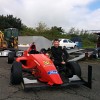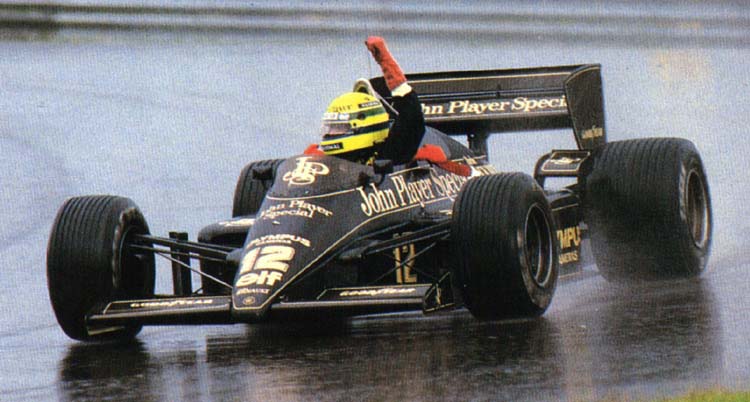- Login or Register
No account yet? Sign up
I think you'll find the onboard telemetry they display on TV is highly filtered, so even if that looks like a constant g force, it's probably not...raymondu999 wrote:
What I found very interesting was that in the more prominent braking zones, such as Turn 1 and 4; and when Mark was very clearly trail braking; the G-meter reads constant the whole way; basically having the same net acceleration, just that it shifts in direction from the car's longitudinal axis, onto the lateral.


It's a game, and he is trying to outbrake the rival. I'd not analyze that much.raymondu999 wrote:If you watched at 0:51, Seb does this pumping action with the brake pedal - what purpose would that serve?
The same purpose as pumping the breaks in your own car serves when your wheels locks - it gets them rotating again and gets you grip.raymondu999 wrote:If you watched at 0:51, Seb does this pumping action with the brake pedal - what purpose would that serve?

Most certainly no.raymondu999 wrote:I didn't see the brakes lock; but could be just the bad video. I thought it was a different take on trail braking, that's all.
I'm envious=)raymondu999 wrote:In any case - I had a track day in Sepang with my friends; and Into T1 I tried the "classic" line - braking straight; then taking a circular line at constant speed; then changing to a trail braking line; but taking a slightly late apex at T1. Dear God - I shaved my braking distance by some 40%.
Done with a GT-R



In the days of high-grip tyre-war Bridgestones, Michael Schumacher used to love to overlap the braking and cornering phases into slow-to-medium-speed turns. Alain Prost used a similar technique. They would begin the turn slightly earlier than the geometric ideal, turning only gently at first and maintaining a lot of momentum. As they loaded the outer front tyre under combined braking and cornering, so they would then begin to release some of the braking force, allowing the tyre to build up more cornering load, and the rear would begin to pivot itself gently around that outer front. The braking kept the fronts from building up lateral grip too quickly and transferring the cornering load too suddenly to the rear, keeping that rear end tamed while still benefiting from the direction change it was introducing to the car.
It required great sensitivity to make it work, but it potentially allowed you to have your cake and eat it; the high entry speed of the understeer-type driver, but with the early direction-change completion of the oversteer-type driver. But it required the tyres to cooperate, needed a nice flexible sidewall to blend the braking with the cornering.


The pumping action I only use when I'm racing if I lock up, it allows the tyres to turn a little bit then brake, stopping you from going off the track, it means you can brake later and get away with itraymondu999 wrote: If you watched at 0:51, Seb does this pumping action with the brake pedal - what purpose would that serve?